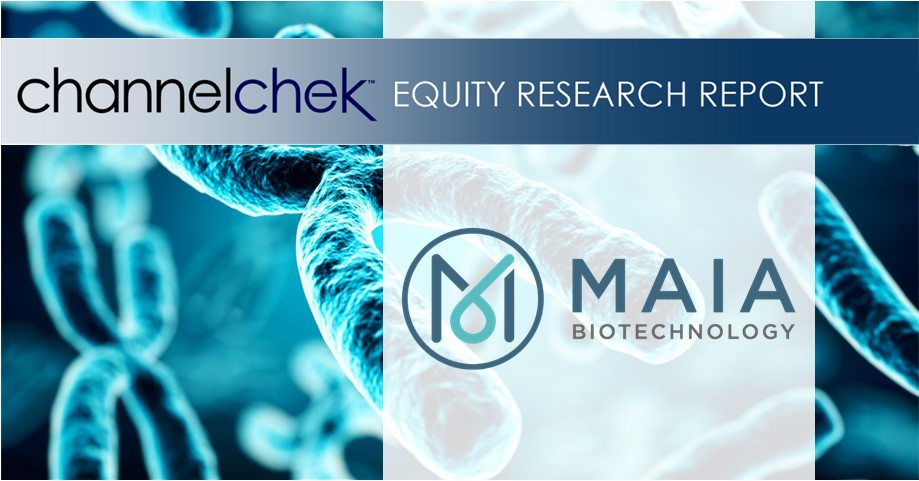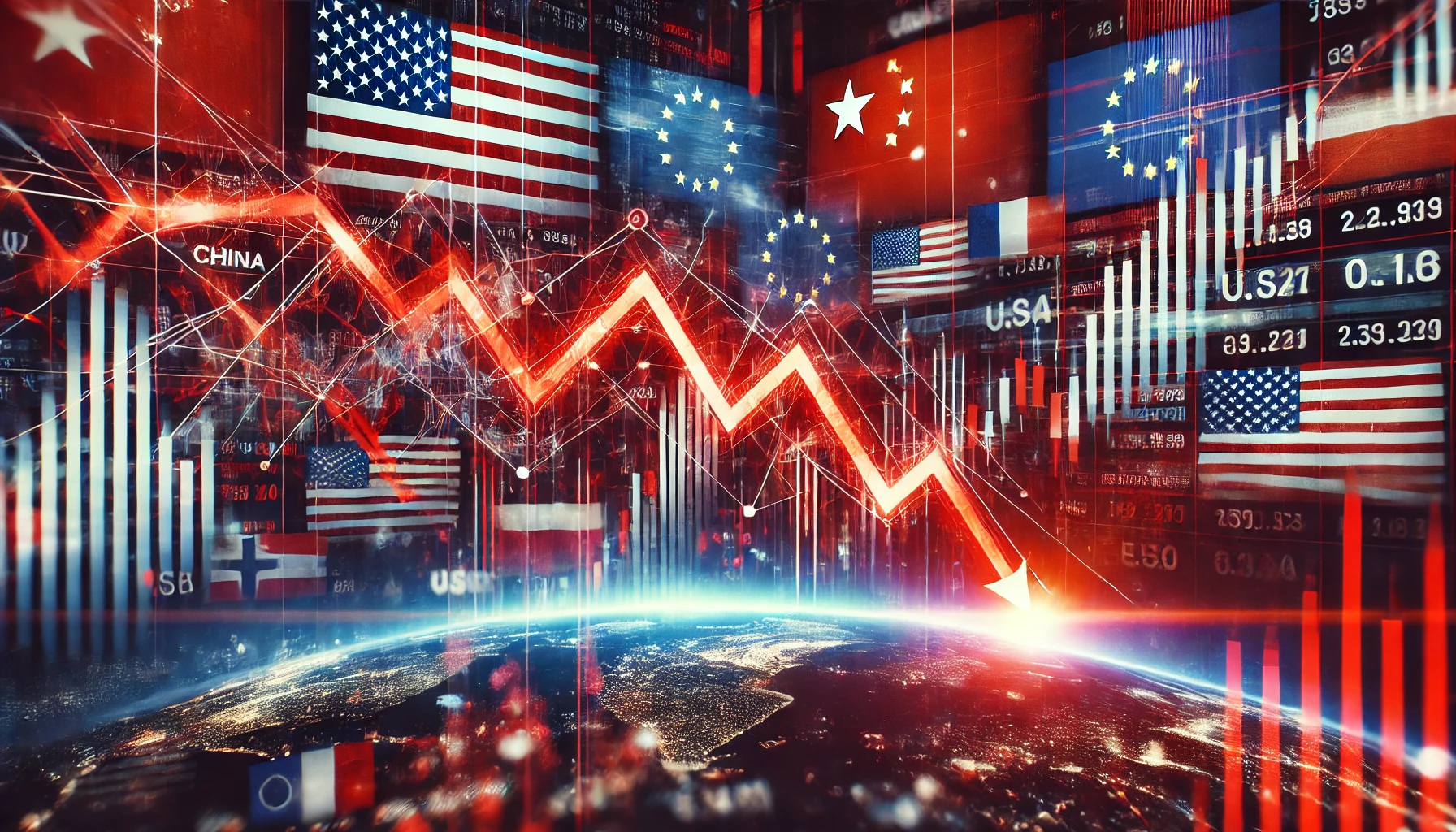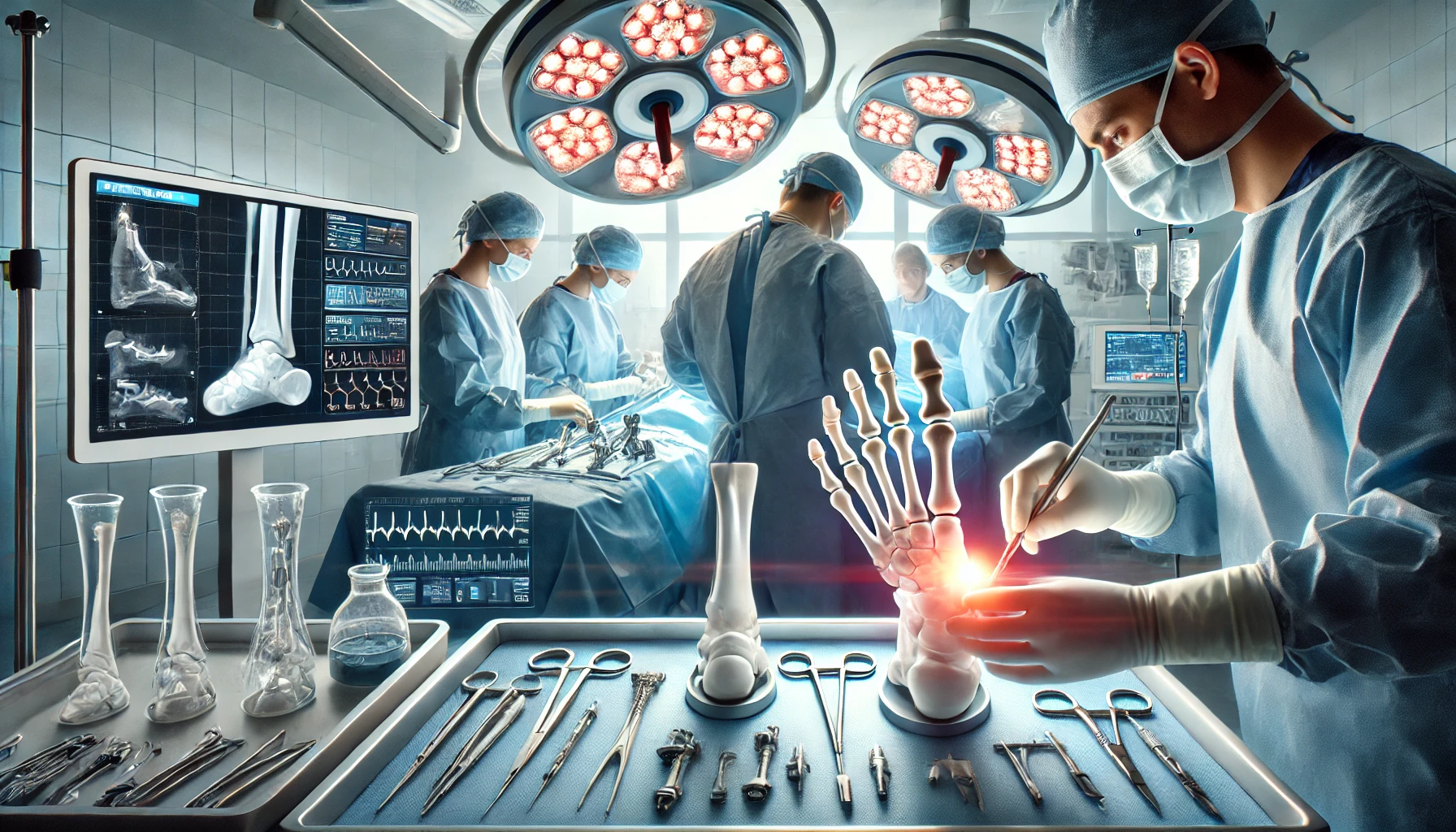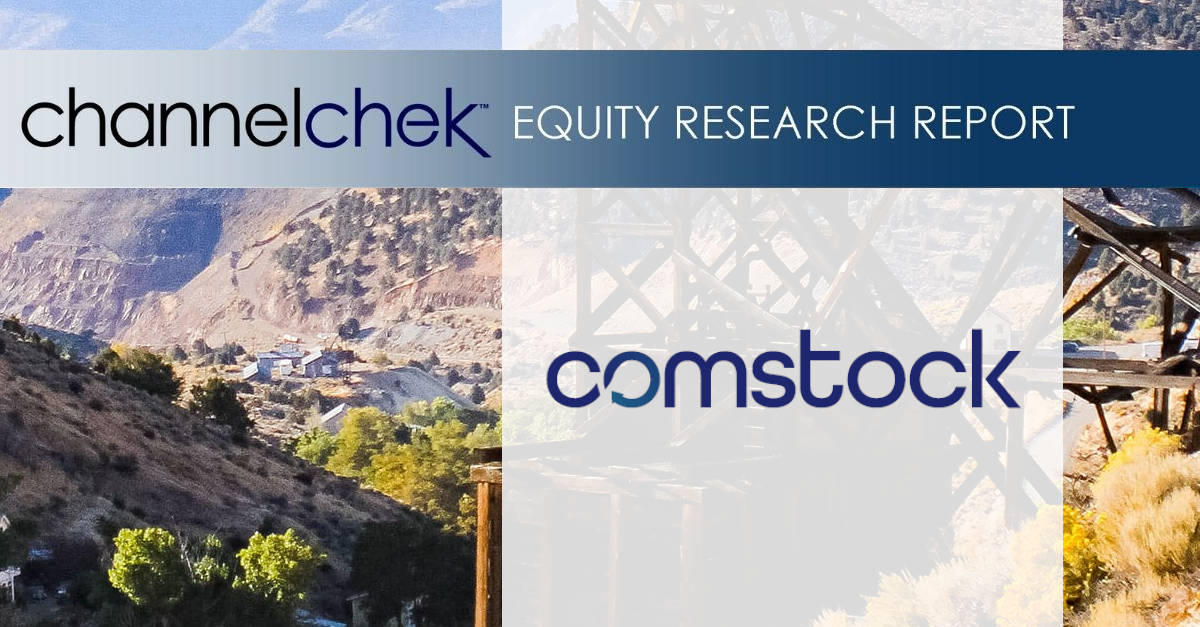Research News and Market Data on OCGN
February 12, 2025
PDF Version
- Completed Phase 2 enrollment with randomization of 51 subjects into treatment and control arms
- Phase 1/2 study (N=60) demonstrated favorable safety and tolerability profile with no serious adverse events related to OCU410, including no cases of ischemic optic neuropathy, vasculitis, intraocular inflammation, endophthalmitis or choroidal neovascularization
- Subjects showed considerably slower lesion growth (44%) from baseline in treated eyes versus untreated fellow eyes at 9 months in follow-up data from the Phase 1 study
- Clinically meaningful 2-line (10-letter) improvement in visual function (LLVA) in treated eyes compared to untreated eyes was noted in the Phase 1 portion of the trial
- Preservation of retinal tissue at 9 months around GA lesions of treated eyes with a single injection of OCU410 in Phase 1 compared favorably to published data on a leading FDA-approved complement inhibitor given monthly or every other month at the same time points
MALVERN, Pa., Feb. 12, 2025 (GLOBE NEWSWIRE) — Ocugen, Inc. (“Ocugen” or the “Company”) (NASDAQ: OCGN), a biotechnology company focused on discovering, developing, and commercializing novel gene and cell therapies, biologics, and vaccines, today announced that dosing is complete, ahead of schedule in the Phase 2 portion of the Phase 1/2 ArMaDa clinical trial for OCU410—a novel multifunctional modifier gene therapy candidate being developed for geographic atrophy (GA), an advanced stage of dry age-related macular degeneration (dAMD). Age-related macular degeneration (AMD) affects 1 in 8 people 60 years and older. The global prevalence of dAMD is 266 million worldwide and by 2050 more than 5 million Americans may suffer from this incurable condition. Today, GA – the later stage of dAMD – affects approximately 2-3 million people in the United States (U.S.) and Europe.
There are limited options for patients with dAMD in the U.S. and current therapies involve frequent (monthly or every other month) injections and have unwanted side effects that can affect vision. These therapies are not approved in Europe, leaving approximately 2 million patients with no therapeutic option.
“Dosing completion is a major accomplishment for our OCU410 program,” said Dr. Shankar Musunuri, Chairman, CEO, and Co-founder of Ocugen. “Based on the multifunctional effect of our modifier gene therapy, the profound unmet medical need, limited treatment options, and the fact that it is designed as a one and done treatment, we believe OCU410 can be a potential blockbuster therapy and the gold standard for treating GA worldwide. The data from this trial will help us design a future pivotal Phase 3 study planned for 2026 and enable our commercial strategy for Biologics License Application (BLA) and Marketing Authorization Application (MAA) filings as soon as 2028.”
“The preliminary efficacy and safety data from the Phase 1/2 study are highly encouraging, demonstrating the potential of OCU410 to improve both structural and functional outcomes,” said Lejla Vajzovic, MD, FASRS, Director of the Duke Surgical Vitreoretinal Fellowship Program and Professor of Ophthalmology, Pediatrics and Biomedical Engineering with Tenure at Duke University Eye Center. “I look forward to the Phase 2 results and believe a one-time gene therapy could reshape the treatment landscape, offering a transformative option for patients.”
GA is a multifactorial disease with a complex etiology that involves genetic and environmental factors. The current treatment options for GA in the U.S. are limited to those targeting a single mechanism—the complement pathway—requiring frequent intravitreal injections, either monthly or every other month. By contrast, OCU410 is a multifunctional modifier gene therapy, which targets multiple pathways associated with GA.
“Given the safety concerns associated with currently approved GA treatments, the encouraging safety and tolerability profile of OCU410 offers a promising treatment option,” said Dr. Huma Qamar, Chief Medical Officer of Ocugen. “With Phase 2 enrollment now complete, OCU410 has the potential to be a one-time treatment, reducing the burden of frequent injections, improving patient compliance, and ultimately enhancing quality of life.”
In the Phase 2 study, the safety and efficacy of OCU410 in patients with GA secondary to dAMD will be assessed. Fifty-one (51) patients were randomized 1:1:1 into either of two treatment groups (medium or high dose) or a control group. In the treatment groups, subjects received a single subretinal 200-µL administration of 5 x 1010 vector genomes (vg)/mL (medium dose) or 1.5 x 1011 vg/mL (high dose), while the control group remained untreated.
The ArMaDa clinical trial for OCU410 is being performed at 14 leading retinal surgery centers across the U.S.
About the Phase 1/2 ArMaDa clinical trial
The ArMaDa Phase 1/2 clinical trial will assess the safety of unilateral subretinal administration of OCU410 in subjects with GA and will be conducted in two phases. Phase 1 is a multicenter, open label, dose-escalation study consisting of three dose levels [low dose (2.5×1010 vg/mL), medium dose (5×1010 vg/mL), and high dose (1.5 ×1011 vg/mL)]. Phase 2 is a randomized, outcome assessor-blinded, dose-expansion study in which subjects were randomized in a 1:1:1 ratio to either the medium dose or high dose OCU410 treatment groups or to an untreated control group.
About dAMD and GA
dAMD affects approximately 10 million Americans and more than 266 million people worldwide. It is characterized by the thinning of the macula, the portion of the retina responsible for clear vision in one’s direct line of sight. dAMD involves the slow deterioration of the retina with submacular drusen (small white or yellow dots on the retina), atrophy, loss of macular function, and central vision impairment. dAMD accounts for 85-90% of all AMD cases.
About OCU410
OCU410 utilizes an adeno-associated virus (AAV) platform for the retinal delivery of the RORA (ROR Related Orphan Receptor A) gene. The RORA protein plays an important role in lipid metabolism, reducing lipofuscin deposits and oxidative stress, and demonstrates an anti-inflammatory role as well as inhibiting the complement system in both in vitro and in vivo (animal model) studies. These results demonstrate the ability of OCU410 to target multiple pathways linked with dAMD pathophysiology. Ocugen is developing AAV-RORA as a one-time gene therapy for the treatment of GA.
About Ocugen, Inc.
Ocugen, Inc. is a biotechnology company focused on discovering, developing, and commercializing novel gene and cell therapies, biologics, and vaccines that improve health and offer hope for patients across the globe. We are making an impact on patients’ lives through courageous innovation—forging new scientific paths that harness our unique intellectual and human capital. Our breakthrough modifier gene therapy platform has the potential to treat multiple retinal diseases with a single product, and we are advancing research in infectious diseases to support public health and orthopedic diseases to address unmet medical needs. Discover more at www.ocugen.com and follow us on X and LinkedIn.
Cautionary Note on Forward-Looking Statements
This press release contains forward-looking statements within the meaning of The Private Securities Litigation Reform Act of 1995, including, but not limited to, statements regarding qualitative assessments of available data, potential benefits, expectations for ongoing clinical trials, anticipated regulatory filings and anticipated development timelines, which are subject to risks and uncertainties. We may, in some cases, use terms such as “predicts,” “believes,” “potential,” “proposed,” “continue,” “estimates,” “anticipates,” “expects,” “plans,” “intends,” “may,” “could,” “might,” “will,” “should,” or other words that convey uncertainty of future events or outcomes to identify these forward-looking statements. Such statements are subject to numerous important factors, risks, and uncertainties that may cause actual events or results to differ materially from our current expectations, including, but not limited to, the risks that preliminary, interim and top-line clinical trial results may not be indicative of, and may differ from, final clinical data; the ability of OCU410 to perform in humans in a manner consistent with nonclinical, preclinical or previous clinical study data; that unfavorable new clinical trial data may emerge in ongoing clinical trials or through further analyses of existing clinical trial data; that earlier non-clinical and clinical data and testing of may not be predictive of the results or success of later clinical trials; and that that clinical trial data are subject to differing interpretations and assessments, including by regulatory authorities. These and other risks and uncertainties are more fully described in our periodic filings with the Securities and Exchange Commission (SEC), including the risk factors described in the section entitled “Risk Factors” in the quarterly and annual reports that we file with the SEC. Any forward-looking statements that we make in this press release speak only as of the date of this press release. Except as required by law, we assume no obligation to update forward-looking statements contained in this press release whether as a result of new information, future events, or otherwise, after the date of this press release.
Contact:
Tiffany Hamilton
AVP, Head of Communications
Tiffany.Hamilton@ocugen.com















